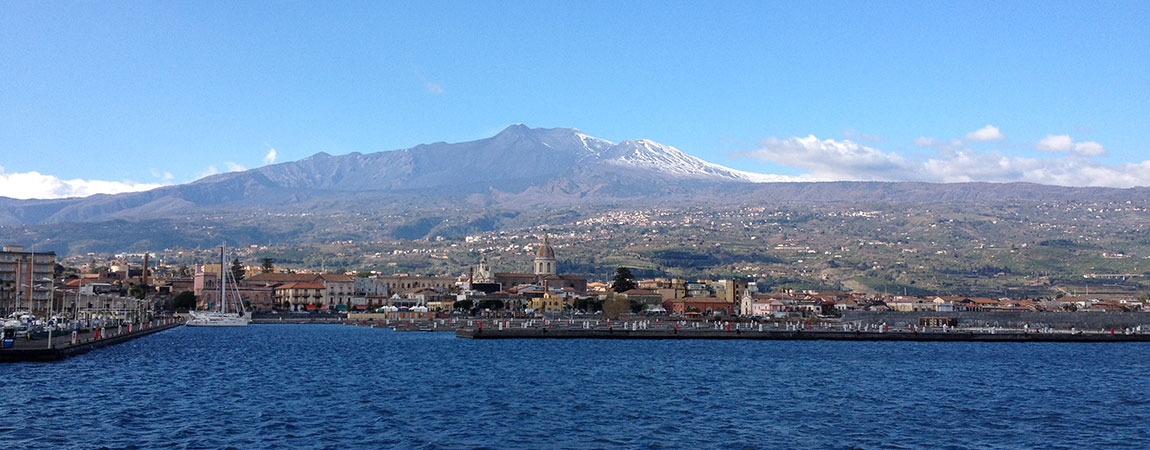
History traces the name back to Riposto, located in the province of Catania, because its territory was organized to host commercial warehouses necessary for storing goods destined to be shipped by ships.
Connected to the history of nearby Mascali, Riposto was part of that territory used as commercial port. If until the XNUMXth century the area was prey to pirate incursions and raids by Muslims, the agglomeration of Riposto was inhabited only seasonally for commercial and military purposes. Only at end of the seventeenth century, it began to popular with fishermen which opened the way for a real permanent settlement which, however, spread across the territory like a leopard.
Mainly it was the people of Messina who moved across the territory but the arrival of farmers from Acireale who had the task of cultivating a still wild territory also contributed significantly.
What is certain is that this tiny community founded the small church of Santa Maria della Lettera, as can be seen from a document from 1710.
The evolution and development of the Riposto area
I Pasini, a rich one Venetian family, settled in Acireale by purchasing many lands along the Jungo stream and, having the intention of making the most of the investment by transforming an uncultivated territory into an agricultural one, they began a population policy by developing the arrival of farmers and the construction of numerous farms which were based in what was the ancient Riposto.
Both the hilly and sub-mountain territories saw the transformation into vineyards and this determined the need to create warehouses where both agricultural and wine products could be placed while waiting for these to be exported throughout the continent.
It was for this reason that the then viceroy of Sicily had the area fortified by building a powerful fortress defensive tower which, most likely, was also the last building of this type erected in all of Sicily and which resisted until the XNUMXs when, at the behest of the municipal administration, it was demolished.
In the second half of the eighteenth century, through the approval of the archbishop of Messina, the church of the Madonna della Lettera it was promoted to a sacramental church and in this way, the village of Riposto gained importance by alternating with that of Mascali to officiate the ordinary administration. Towards the end of the XNUMXth century, a road was inaugurated that from Piazza Duomo reached the sea and a bridge was inaugurated to cross the Rio Canalai stream.
He was also born there Church of St. Peter which, begun in the early nineteenth century, was completed only in the second half of the century and subsequently elected as a parish.
In 1841 Riposto gained its autonomy also because, due to its vocation, it had in the meantime become the most commercial town on the whole island so much so that, in 1820, King Ferdinand I of Bourbon issued a decree with which one of the first public schools in Sicily , second nautical school in Italy after that of the Ligurian Camogli.
Thus it was that at the end of the XNUMXth century Riposto saw a real economic and commercial boom, so much so that several European and South American countries had opened consular offices. Wealth which, due to the start of the colonial wars and the Great War, ceased almost suddenly as the repercussions of the closure of various foreign export and import markets which up to that point had ensured significant well-being were felt. Added to this was the depopulation of sailors called up for military service and the consequent fishing crisis.
Nowadays Riposto is a quiet village with an agricultural vocation that boasts excellent production of must grapes, olives and citrus fruits and is an ideal base for tourists intending to go on excursions in the eastern part of Sicily.
© Image by PhotographerTranslator, CC BY-SA 4.0, via Wikimedia Commons









